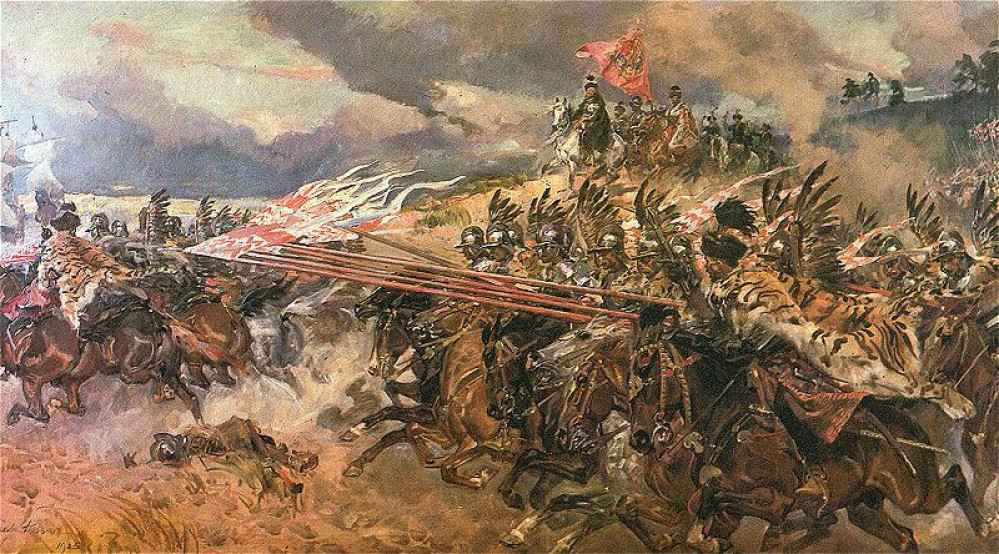
Husaria - Building a Polish army for the 1620s
Scratching that itch
Raising my own miniature units of Polish Hussars has been a wargaming ‘itch’ that has taken a long time for me to scratch. When I recently started my 28mm Thirty Years War (TYW) forces to refight Lutzen (1632) I was just thinking of the conflicts that played out in Western Europe. However, researching Gustav Adolph’s Swedish army kept prompting me that he had ‘cut his teeth’ fighting the Poles before he came to Germany in 1630. With Lutzen ‘refought’ I immediately started forming plans for a Polish army, including the glorious Hussars, that I could use as new enemies for my Swedish forces.
The Polish Hussars were originally light cavalry, evolving in the 16th century from similarly equipped light horsemen in Hungary. As time went by their equipment got heavier and they replaced the heavily armoured Polish ‘knights’ as the main strike force of Polish armies. The Hussars became the most important component of Polish armies, and the preeminent cavalry of Eastern Europe. The Hussars’ equipment and horses were expensive, and their ranks were filled with Polish and Lithuanian nobles, and their retainers.
“Of these horsmen, some are called Hussari, who are armed with long speares, a shield, a Carbine or short gunn, and two short swords, one by the horsmans syde, the other fastned vnder the left syde of his sadle.” Fynes Moryson describes the Polish cavalry in the 1590s.
































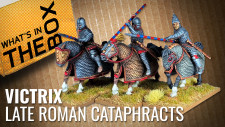

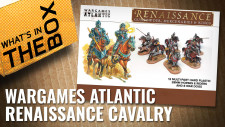
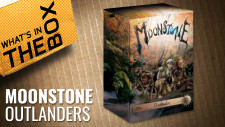
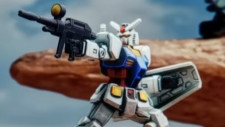




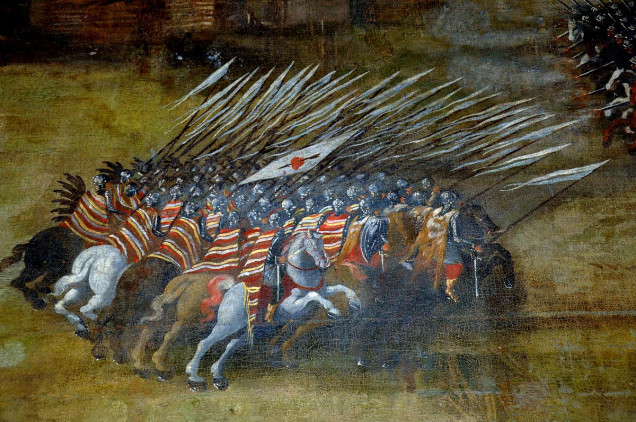
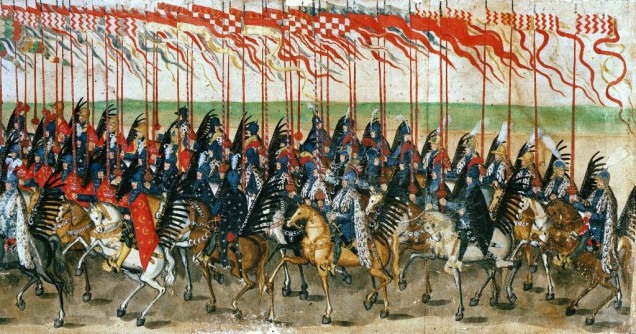
















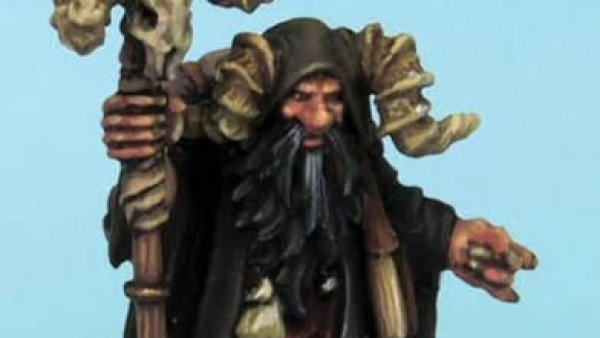
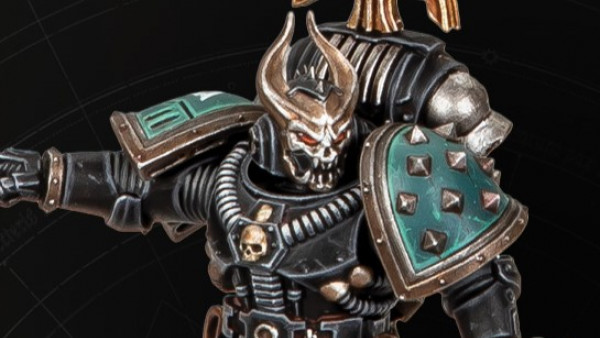
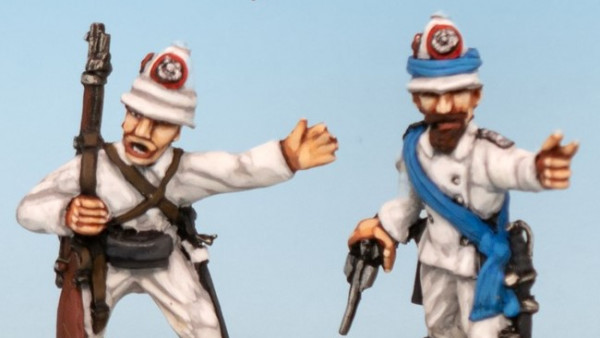
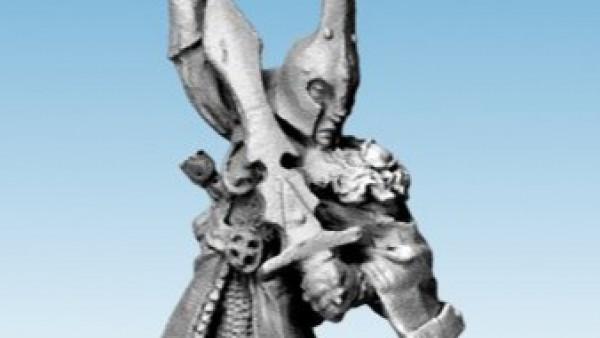
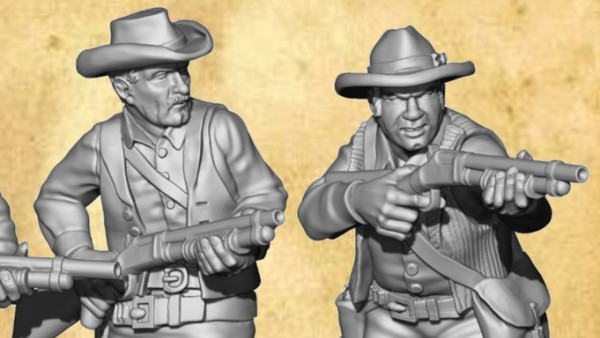

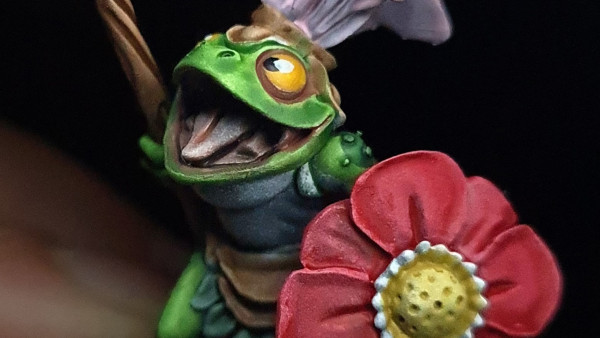
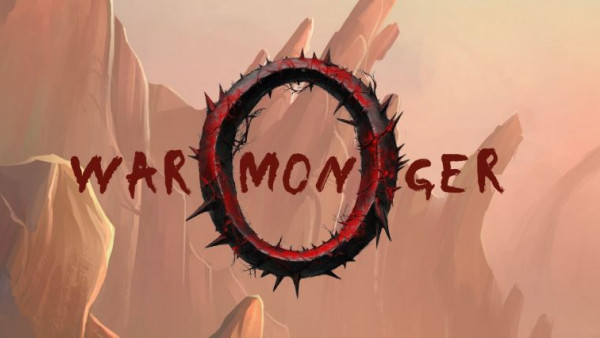


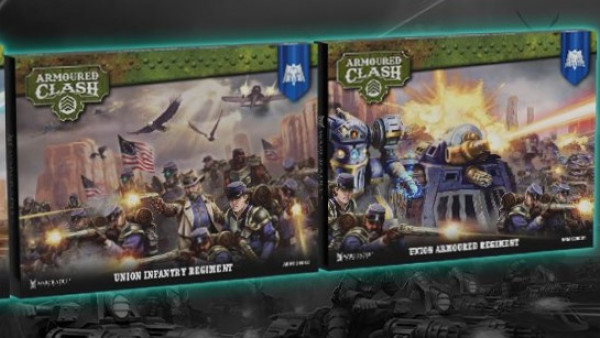
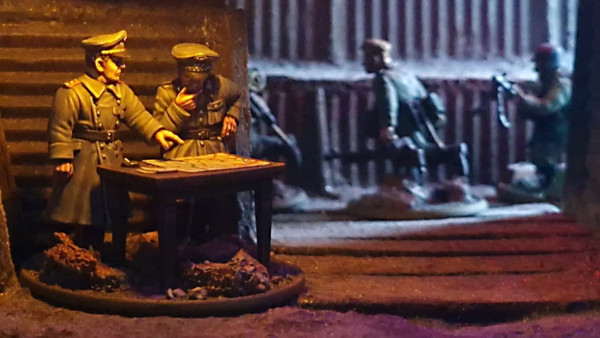
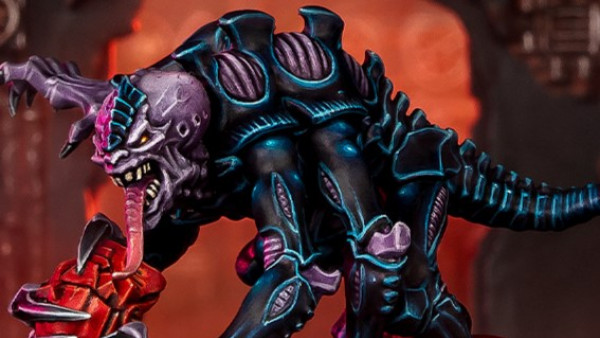
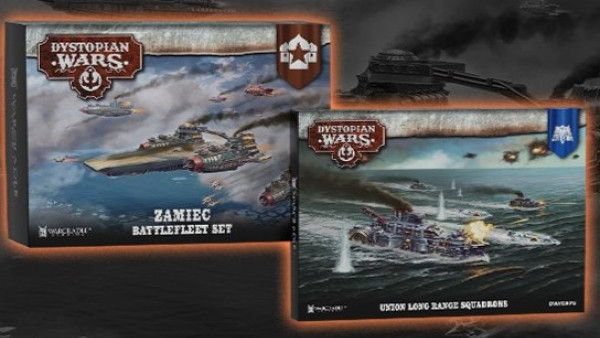
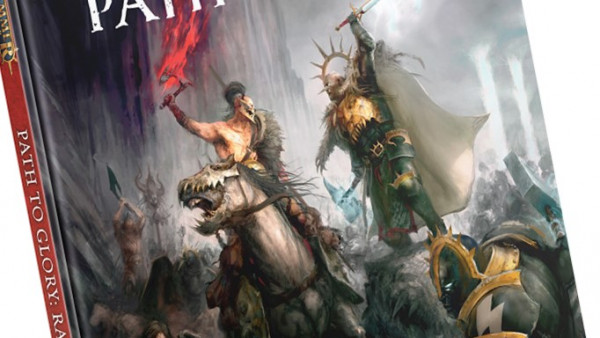


Leave a Reply